Remote Viewing Explained
Remote viewing is the ability to acquire accurate direct knowledge that is not available to your ordinary physical senses, using extrasensory perception. Information is acquired beyond the use of the normal five senses and defies logic. A remote viewer uses their clairvoyant ability to view an object, event, person, or location that is hidden from physical view at some distance away. Everyone can remote view. All it takes is training plus a lot of practice to get good at it.

There is no direct scientific evidence that remote viewing works. Conventional science sees such psychic phenomena as pseudoscience. This is despite the many experiments conducted over many decades by the military and parapsychologists to investigate the potential of remote viewing.
Remote viewing is not restricted to the visual sense or clairvoyance. It often uses several senses at once to give a fuller picture through sounds, feelings, messages, and multi-channel synthesis of information.
Remote Viewing and Remote Sensing
Remote viewing is not the same as remote sensing. The analogies with remote viewing are so close that Remote Sensing may have been called remote viewing if the term was not already used.
Remote sensing uses technology to remote view. In remote sensing, information is obtained about an object or phenomenon remotely. As with remote viewing, there is no direct physical contact with the object. Remote sensing obtains information from a distance using balloons, drones, aircraft, or satellites.
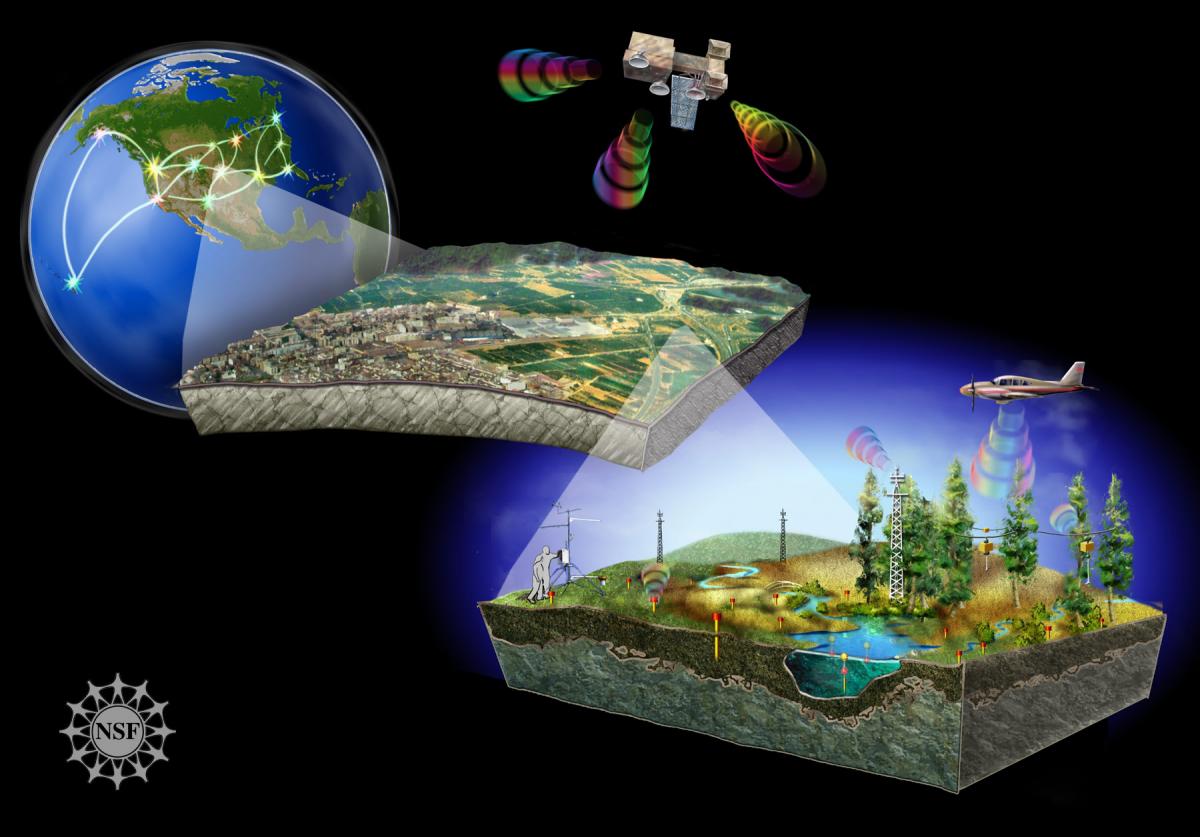
Remote viewing utilises channels beyond the physical with unlimited applications. The science of remote sensing utilises any or all frequencies of electromagnetic radiation. Specific channels such as ultraviolet, radio and infrared are used in engineering, geology, surveillance, astronomy, and military applications.
Remote sensing is the science which may scientifically prove life exists elsewhere in the universe. With remote viewing you can talk to the intelligent beings in the cosmos now. It would be cool to use the two together with the technology unveiling the target on other world and the mind observing it in detail.
Remote Viewing is Not Psychic Woo
Remote viewing allows a remote viewer to give details about a target that is inaccessible to normal senses due to distance, time, or shielding. A viewer might be asked to describe a location on the opposite side of planet earth, describe an event that happened long ago, or describe an object that is sealed in a container or locked in a room without being told anything about the target. Remote viewing codes were often used by the military in controlled experiments instead of a name or designation.
Remote viewing is closely related to psychic phenomena such as clairvoyance or telepathy. Remote viewing and clairvoyance rely on a similar ability. However remote viewing is not really a psychic phenomenon. It is a discipline or skill that facilitates or harnesses the remote viewer’s own innate, underlying psychic abilities. The ability to view information about a person, place, or event is a skill that can be learned through diligent effort and practice.
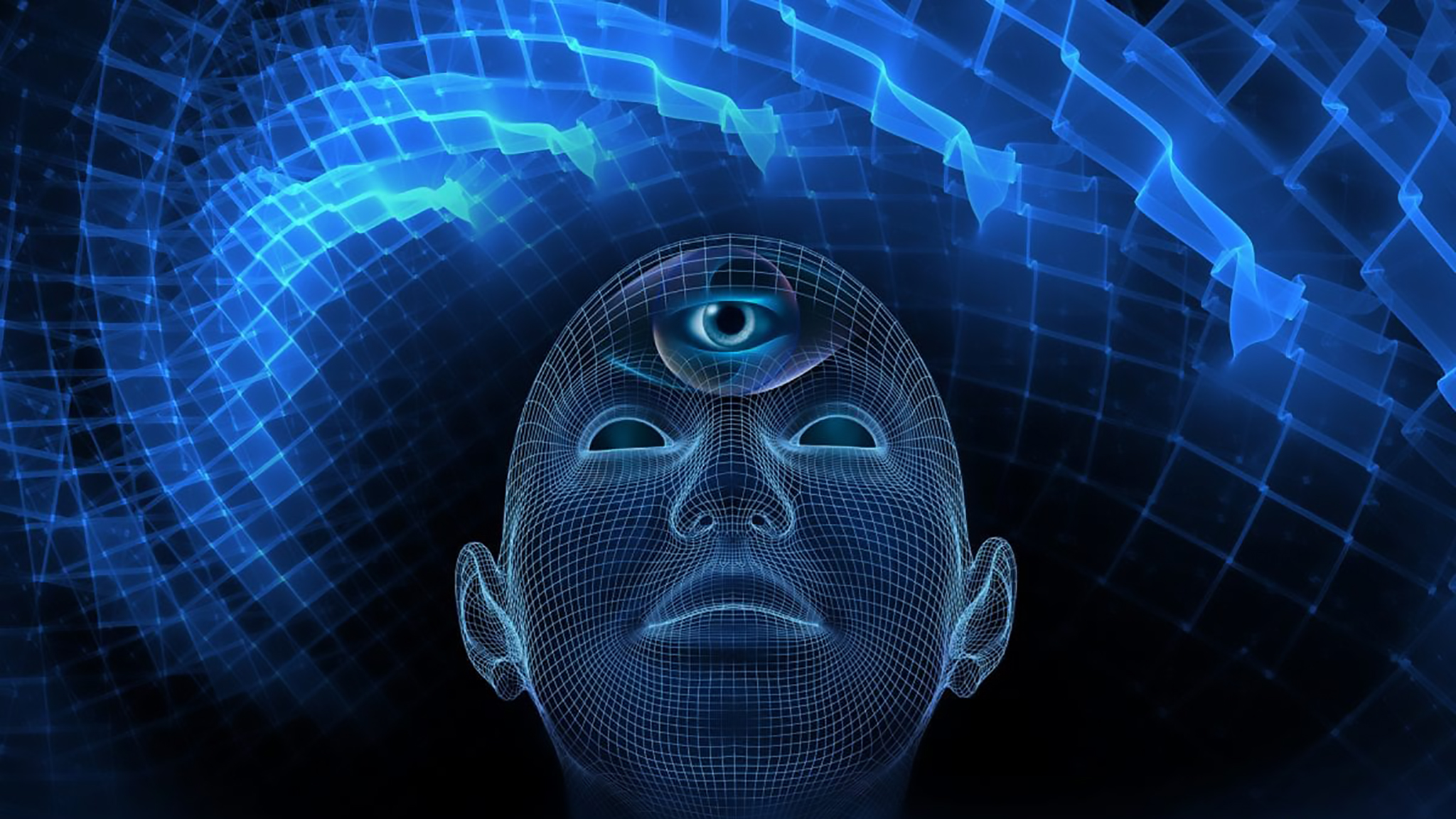
History of Remote Viewing
The practice of remote viewing can be traced back as far as Ancient Greece and Ancient Egypt. Modern uses date back to around the 1930s when experiments were conducted on clairvoyance, out of body experiences, and telepathy.
Remote viewing techniques were pioneered by a group of scientists. They worked with several highly gifted psychics as part of a U.S. government-sponsored research program. After 20 years of research and development, they discovered that virtually anyone can be taught this powerful skill to collect information.
Scientists and psychics developed remote viewing at the Stanford Research Institute in the 1970’s. They felt it had the potential to be accurate enough to support sensitive intelligence operations. A training model was developed and then refined by a military remote viewing unit.
The Stargate Project
The Stargate Project was the umbrella code name of one of several sub-projects to investigate claims of psychic phenomena with potential military and domestic applications. These projects were active from the 1970s until 1995 and were primarily handled by the DIA and CIA. They followed up early psychic research done at The Stanford Research Institute, The American Society for Psychical Research, and other psychic research laboratories.
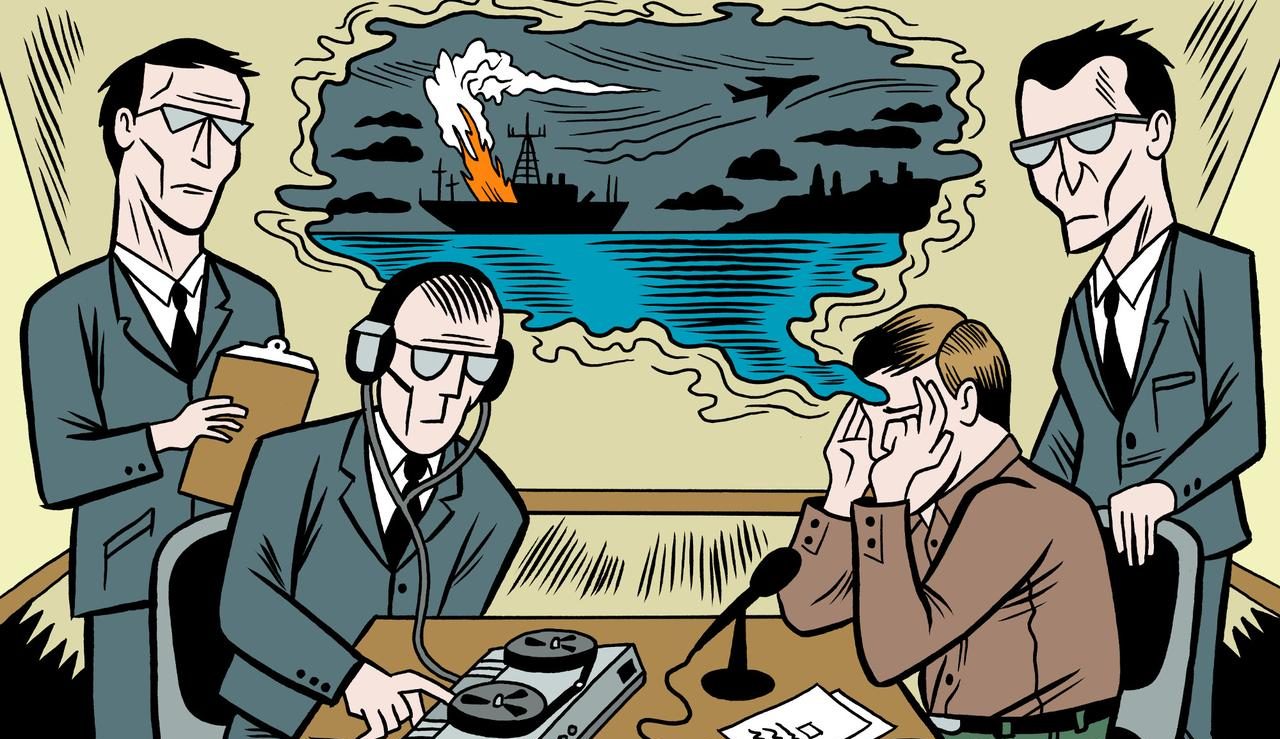
Under the Stargate Project, military intelligence personnel trained to become psychic spies. The Stargate Project came to light in 1995. The word Stargate was appropriated for the Stargate film and series as a means to travel easily between worlds. The irony is you can use remote viewing to picture a Stargate as a portal and travel to other worlds.
The Stargate Project created a set of protocols designed to make the research of clairvoyance and out-of-body experiences more scientific and to minimize inaccuracy and errors. Stargate only received a mission after all other intelligence attempts, methods, or approaches had already been exhausted. It was reported that there were over 22 active military and domestic remote viewers providing data.
It remains unclear whether remote viewing had been demonstrated. Laboratory studies do not provide evidence about the origin or nature of the phenomenon. Also, laboratory conditions have limited applicability and utility for intelligence gathering operations. The information provided by remote viewing is often vague and ambiguous. Also, the specific tasks required of the remote viewers and the nature of the remote viewing targets were vastly dissimilar.
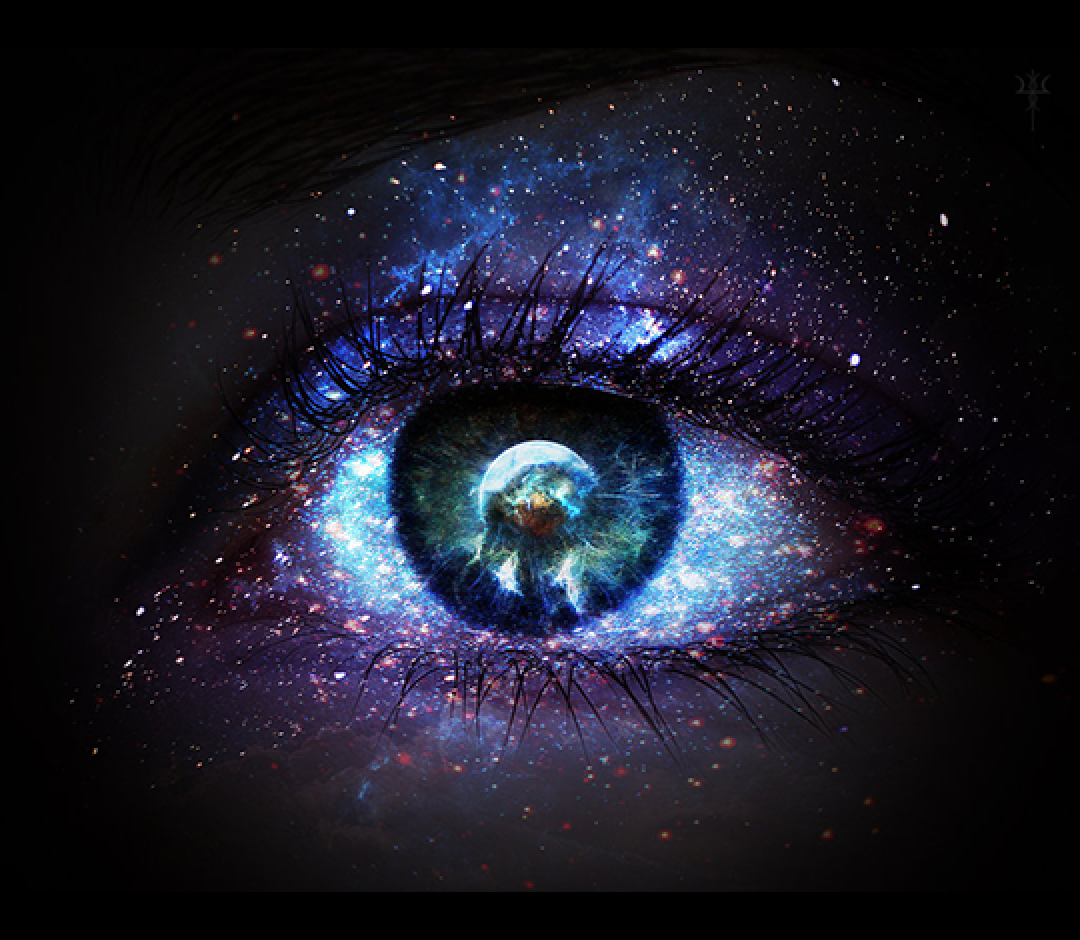
How Does Remote Viewing Work?
Remote viewing trains the unconscious mind to provide information about a target. As you write down the data obtained you become more connected with the target. This facilitates a stronger connection and increasingly detailed information. This information is then translated into sketches and drawings.
Everything in the universe exists as a pattern of information within the collective unconscious. This is the Matrix or energy web that is like a conscious cloud. You are a point of light in this matrix networked to all else. The trick is to filter out the noise and focus like a laser to channel a particular pattern to your conscious awareness. Trained remote viewers are said to have at least 80-90% accuracy.
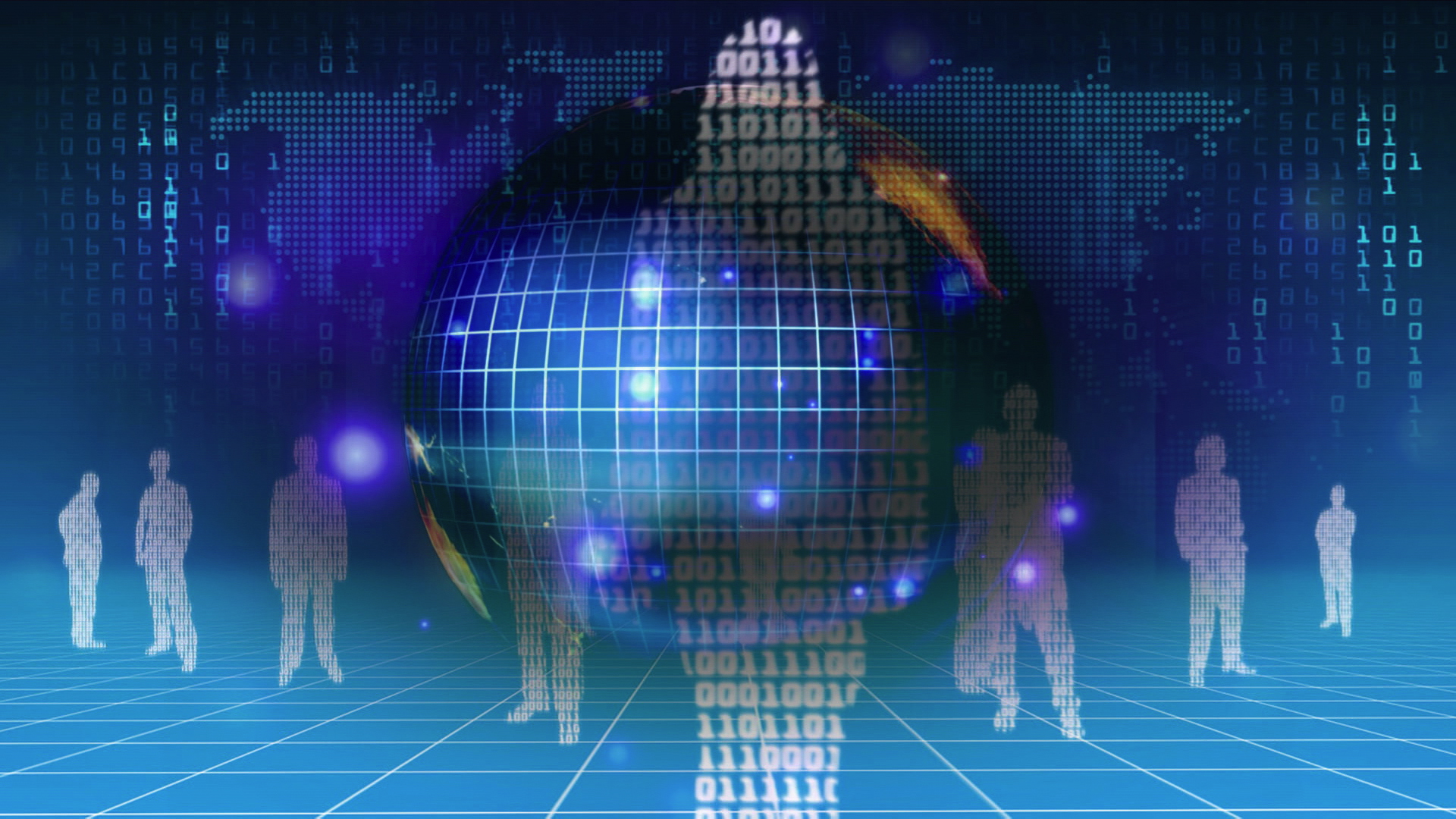
Remote viewing is actually remote perception. To be successful you must learn to bypass your rational thoughts to allow your unconscious to work. Remote Viewing is the rigorous, repeatable, scientific collection of information.
A Remote Viewing session begins with a “cue” which is a question that defines the data that you are seeking. These cues range from locating your lost car keys to locating missing people. Only your imagination and desire limits the data you can obtain from Remote Viewing.
Be On Our Next Facilitator Training Experience, Amplify Your Life Become an Extraordinarily Powerful Healer – Click Here
Healing For Horses Enquiry Form
"*" indicates required fields
Sign up for our weekly newsletter, for inspiration and fresh content from Jerry Sargeant.
Event Enquiry Form
"*" indicates required fields
Sign up for our weekly newsletter, for inspiration and fresh content from Jerry Sargeant.
[mc4wp_form id=”168″]
Download Prospectus Form
[contact-form-7 id=”50219″ title=”Download Propesctus Form”]
Download Prospectus Form
[contact-form-7 id=”50219″ title=”Download Propesctus Form”]
Star Magic
Accessibility Statement
- sminfozzle.testingweblink.com
- December 13, 2025
Compliance status
We firmly believe that the internet should be available and accessible to anyone, and are committed to providing a website that is accessible to the widest possible audience, regardless of circumstance and ability.
To fulfill this, we aim to adhere as strictly as possible to the World Wide Web Consortium’s (W3C) Web Content Accessibility Guidelines 2.1 (WCAG 2.1) at the AA level. These guidelines explain how to make web content accessible to people with a wide array of disabilities. Complying with those guidelines helps us ensure that the website is accessible to all people: blind people, people with motor impairments, visual impairment, cognitive disabilities, and more.
This website utilizes various technologies that are meant to make it as accessible as possible at all times. We utilize an accessibility interface that allows persons with specific disabilities to adjust the website’s UI (user interface) and design it to their personal needs.
Additionally, the website utilizes an AI-based application that runs in the background and optimizes its accessibility level constantly. This application remediates the website’s HTML, adapts Its functionality and behavior for screen-readers used by the blind users, and for keyboard functions used by individuals with motor impairments.
If you’ve found a malfunction or have ideas for improvement, we’ll be happy to hear from you. You can reach out to the website’s operators by using the following email
Screen-reader and keyboard navigation
Our website implements the ARIA attributes (Accessible Rich Internet Applications) technique, alongside various different behavioral changes, to ensure blind users visiting with screen-readers are able to read, comprehend, and enjoy the website’s functions. As soon as a user with a screen-reader enters your site, they immediately receive a prompt to enter the Screen-Reader Profile so they can browse and operate your site effectively. Here’s how our website covers some of the most important screen-reader requirements, alongside console screenshots of code examples:
-
Screen-reader optimization: we run a background process that learns the website’s components from top to bottom, to ensure ongoing compliance even when updating the website. In this process, we provide screen-readers with meaningful data using the ARIA set of attributes. For example, we provide accurate form labels; descriptions for actionable icons (social media icons, search icons, cart icons, etc.); validation guidance for form inputs; element roles such as buttons, menus, modal dialogues (popups), and others. Additionally, the background process scans all the website’s images and provides an accurate and meaningful image-object-recognition-based description as an ALT (alternate text) tag for images that are not described. It will also extract texts that are embedded within the image, using an OCR (optical character recognition) technology. To turn on screen-reader adjustments at any time, users need only to press the Alt+1 keyboard combination. Screen-reader users also get automatic announcements to turn the Screen-reader mode on as soon as they enter the website.
These adjustments are compatible with all popular screen readers, including JAWS and NVDA.
-
Keyboard navigation optimization: The background process also adjusts the website’s HTML, and adds various behaviors using JavaScript code to make the website operable by the keyboard. This includes the ability to navigate the website using the Tab and Shift+Tab keys, operate dropdowns with the arrow keys, close them with Esc, trigger buttons and links using the Enter key, navigate between radio and checkbox elements using the arrow keys, and fill them in with the Spacebar or Enter key.Additionally, keyboard users will find quick-navigation and content-skip menus, available at any time by clicking Alt+1, or as the first elements of the site while navigating with the keyboard. The background process also handles triggered popups by moving the keyboard focus towards them as soon as they appear, and not allow the focus drift outside it.
Users can also use shortcuts such as “M” (menus), “H” (headings), “F” (forms), “B” (buttons), and “G” (graphics) to jump to specific elements.
Disability profiles supported in our website
- Epilepsy Safe Mode: this profile enables people with epilepsy to use the website safely by eliminating the risk of seizures that result from flashing or blinking animations and risky color combinations.
- Visually Impaired Mode: this mode adjusts the website for the convenience of users with visual impairments such as Degrading Eyesight, Tunnel Vision, Cataract, Glaucoma, and others.
- Cognitive Disability Mode: this mode provides different assistive options to help users with cognitive impairments such as Dyslexia, Autism, CVA, and others, to focus on the essential elements of the website more easily.
- ADHD Friendly Mode: this mode helps users with ADHD and Neurodevelopmental disorders to read, browse, and focus on the main website elements more easily while significantly reducing distractions.
- Blindness Mode: this mode configures the website to be compatible with screen-readers such as JAWS, NVDA, VoiceOver, and TalkBack. A screen-reader is software for blind users that is installed on a computer and smartphone, and websites must be compatible with it.
- Keyboard Navigation Profile (Motor-Impaired): this profile enables motor-impaired persons to operate the website using the keyboard Tab, Shift+Tab, and the Enter keys. Users can also use shortcuts such as “M” (menus), “H” (headings), “F” (forms), “B” (buttons), and “G” (graphics) to jump to specific elements.
Additional UI, design, and readability adjustments
- Font adjustments – users, can increase and decrease its size, change its family (type), adjust the spacing, alignment, line height, and more.
- Color adjustments – users can select various color contrast profiles such as light, dark, inverted, and monochrome. Additionally, users can swap color schemes of titles, texts, and backgrounds, with over seven different coloring options.
- Animations – person with epilepsy can stop all running animations with the click of a button. Animations controlled by the interface include videos, GIFs, and CSS flashing transitions.
- Content highlighting – users can choose to emphasize important elements such as links and titles. They can also choose to highlight focused or hovered elements only.
- Audio muting – users with hearing devices may experience headaches or other issues due to automatic audio playing. This option lets users mute the entire website instantly.
- Cognitive disorders – we utilize a search engine that is linked to Wikipedia and Wiktionary, allowing people with cognitive disorders to decipher meanings of phrases, initials, slang, and others.
- Additional functions – we provide users the option to change cursor color and size, use a printing mode, enable a virtual keyboard, and many other functions.
Browser and assistive technology compatibility
We aim to support the widest array of browsers and assistive technologies as possible, so our users can choose the best fitting tools for them, with as few limitations as possible. Therefore, we have worked very hard to be able to support all major systems that comprise over 95% of the user market share including Google Chrome, Mozilla Firefox, Apple Safari, Opera and Microsoft Edge, JAWS and NVDA (screen readers).
Notes, comments, and feedback
Despite our very best efforts to allow anybody to adjust the website to their needs. There may still be pages or sections that are not fully accessible, are in the process of becoming accessible, or are lacking an adequate technological solution to make them accessible. Still, we are continually improving our accessibility, adding, updating and improving its options and features, and developing and adopting new technologies. All this is meant to reach the optimal level of accessibility, following technological advancements. For any assistance, please reach out to


